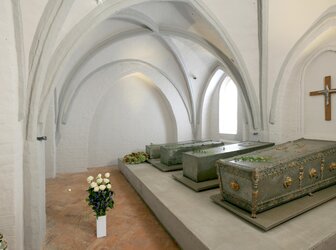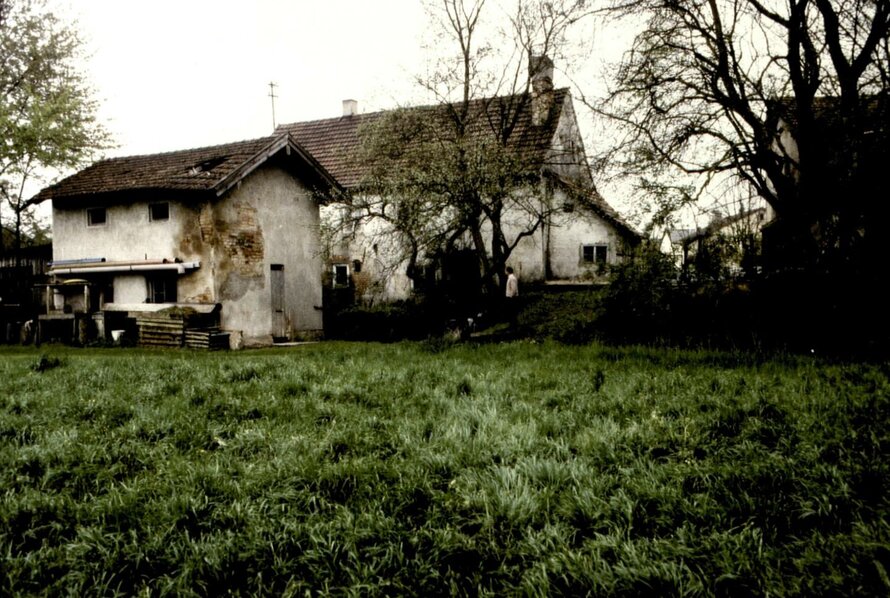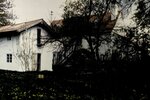Hammer mill (Hammerschmiede), Grafing
The heavy engine of the hammer mill, erected in 1664 (or earlier) along the course of the brook Urtel by Lukas Riemerschmid, was a wonder work of pre- industrial technology. The hammer wheel was over four metres tall and drove two hammers through the powerful 'Hammergrindel' (an ...
Read more
Project details
| Title: | Hammer mill (Hammerschmiede), Grafing |
|---|---|
| Entr. year: | 1996 |
| Result: | Diploma |
| Country: | Germany |
| Town: | Grafing near München (Bavaria) |
| Category type: | architectural heritage |
| Building type/ Project type: | industrial heritage |
| Former use: | Hammer mill |
| Actual use: | Museum, cultural attraction |
| Built: | 17th century |
| Architect / Proj.leader: | Lukas Riemerschmid, Architect , Florian Lichtblau, Architect (München - DE) |
| The Jury's citation: | "Für die hervorragende Privatinitiative zur Rettung, Instandsetzung und Umnutzung eines kleinen Baudenkmals der Technikgeschichte unter Einbeziehung ökologischer Gesichtspunkte" |
Description:
The heavy engine of the hammer mill, erected in 1664 (or earlier) along the course of the brook Urtel by Lukas Riemerschmid, was a wonder work of pre- industrial technology. The hammer wheel was over four metres tall and drove two hammers through the powerful 'Hammergrindel' (an approx . 10m long oak axle, 1.3 m in diameter) with wedged crown wheels. The somewhat smaller grinding wheel drove the grindstone in the grinding chamber and the bellow wheel the mighty bellows in the attic. The problematic future economic perspectives of the hammer mill business became conspicuous with the neglecting of urgent and necessary maintainence work. As a result in 1950-51 the dilapidated water wheels and the rotten oak axle ceased to function and had to be replaced by an electrical spring hammer. The valuable estate was given no further attention from any side. That the hammer mill was classified as a hi storical monument in a building group worthy of preserva t ion, did not prevent pressure from surrounding development and building activities. On one side irreparable building alterations were carried out, on the other side no measures at all were taken to prevent the building from decay. The smith trade ended in 1977, with the death of the owner.
Similar projects
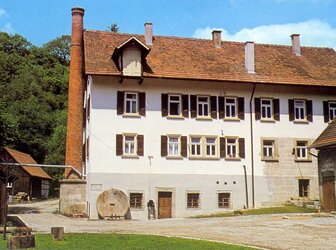
19th century
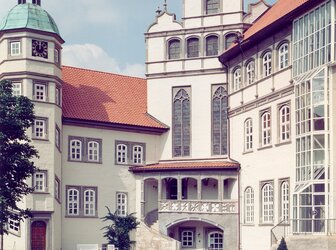
16th century
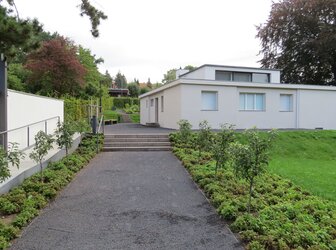
1923
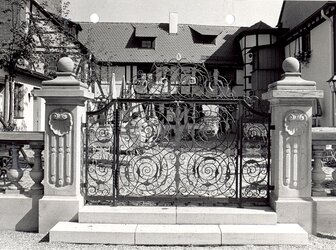
17th-18th century
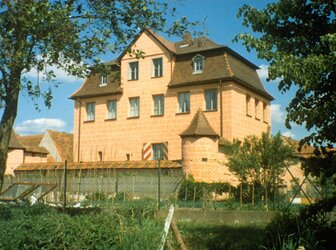
16th-18th century
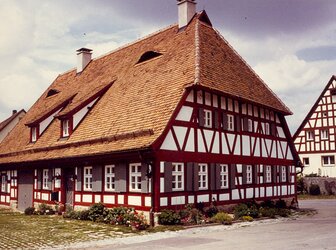
17th century
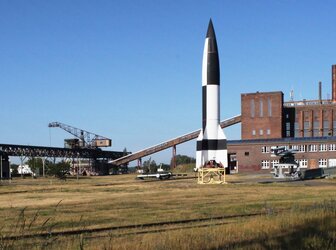
1939 - 1942
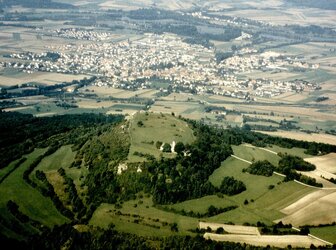
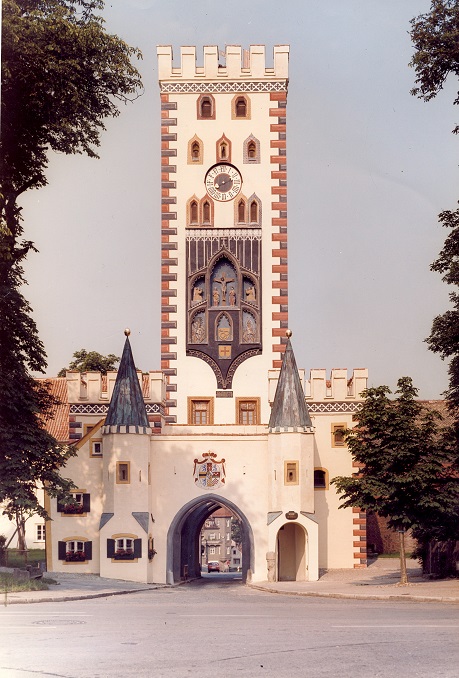
15th century
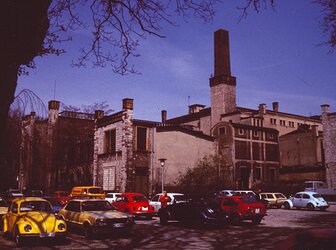
19th century

Middle Ages
